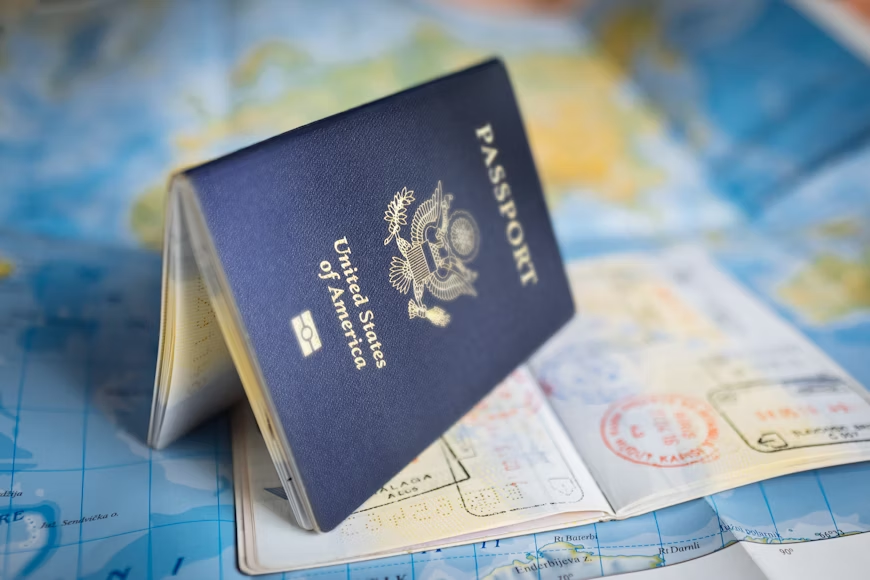If you’re planning a trip outside the U.S., now is the time to pay close attention. On June 22, 2025, the U.S. State Department issued a worldwide travel warning, urging Americans to take extra precautions wherever they go. This type of alert doesn’t come often. When it does, it usually means there’s a credible and widespread risk to U.S. citizens abroad.
This time, the warning followed U.S. military airstrikes on Iranian nuclear facilities, which escalated tensions in the Middle East. As a result, officials believe that American travelers could face threats ranging from protests and cyberattacks to terrorism and travel disruptions. While the warning doesn’t call for panic, it does call for preparation.
So, what does this mean for you? Whether you’re booking a vacation, visiting family overseas, or heading out for business, here’s what you need to know, and how to travel more safely in today’s changing world.
Why Did the U.S. Issue a Worldwide Travel Warning?
The State Department released the warning just one day after the U.S. military carried out airstrikes on three Iranian nuclear sites. By acting quickly, U.S. officials hoped to get ahead of possible retaliation or unrest abroad. Rather than wait for a specific incident, they urged Americans to stay alert.
This global travel advisory emphasizes that threats may occur anywhere, not just in the Middle East. While regional tensions play a big role, global unrest, political protests, and extremist activity have increased in many parts of the world. That’s why the alert applies broadly and not just to one region.
In issuing the warning, the government made it clear: U.S. citizens should remain aware and avoid becoming easy targets while traveling internationally.
Which Areas Face the Greatest Risk?
Right now, the Middle East poses the most immediate concerns. Countries like Iran, Iraq, and Syria have closed their airspace, and airlines have responded by rerouting or canceling flights. Travelers have already experienced delays, and more disruptions are likely.

However, the risks extend beyond that region. Protests could erupt in Europe, North Africa, and Asia, especially near U.S. embassies, consulates, or popular tourist areas. While many of these demonstrations begin peacefully, they can turn aggressive without warning. For that reason, it’s crucial to avoid large gatherings and stay informed through local news.
In addition, the State Department recommends checking your destination’s international travel advisory before departure. Doing so can help you prepare for potential issues and adjust your plans as needed.
Read More: Trump Announces Sweeping Travel Bans and Restrictions on 19 Countries
What Other Threats Should You Be Aware Of?
Aside from political unrest, officials have also highlighted cyber threats. Pro-Iranian groups may attempt to disrupt airline systems, hotel networks, and communication platforms. Even though these cyberattacks may remain low-level, they can still interfere with your travel experience.
At the same time, law enforcement agencies are monitoring possible extremist activity, both overseas and within the U.S. Although they haven’t identified any specific plots, online activity from radical groups has increased. This heightened digital chatter has prompted agencies to keep their guard up.
Furthermore, demonstrations remain a significant concern. Protests could arise quickly and unpredictably. Even if they start small, they can escalate. To stay safe, you should steer clear of political events or crowds, especially in unfamiliar cities.
In moments like this, following the guidance in a global travel alert becomes more than just a suggestion, it becomes essential.
How Can You Travel Safely During a Global Alert?
Despite the risks, you don’t have to cancel your trip. Instead, take smart precautions and prepare for the unexpected. With the right tools and awareness, you can travel confidently, even during uncertain times.
Start by taking these steps:
- Register with STEP: The Smart Traveler Enrollment Program connects you with local embassies and provides real-time updates on emergencies.
- Check country-specific updates: Visit travel.state.gov before your trip and keep checking during your travels.
- Build flexibility into your plans: Choose refundable flights and hotels, and always have backup transportation in case of sudden changes.
- Avoid risky situations: Don’t attend protests or political events, no matter how peaceful they may appear.
- Stay alert: Trust your instincts. If something feels off, leave the area.
- Protect important documents: Carry a copy of your passport and insurance separately from your originals.
These precautions may seem simple, but they can make all the difference. In moments of crisis, a well-prepared traveler stays ahead of potential trouble, especially under a global travel caution.

Should You Cancel Your Trip?
In most cases, no. The worldwide travel warning does not ban travel. It simply encourages you to act with caution and common sense. Many destinations remain safe, especially for travelers who stay alert and avoid high-risk areas.
That said, you should consider postponing your trip if you’re heading to a country under a Level 3 or Level 4 advisory. For all other destinations, traveling with care is still very possible.
Always make sure your travel insurance covers cancellations or emergencies. Keep your plans flexible, and stay connected to official sources for the latest updates. Above all, remember: taking precautions doesn’t mean you’re afraid. It means you’re informed.
Final Thoughts: Stay Smart and Stay Safe
This worldwide travel warning reminds us that global events can shift quickly. While we can’t control political conflicts, we can control how we respond to them. By staying informed, avoiding risky situations, and planning ahead, you can still enjoy meaningful travel experiences. Just remember to adapt. Situational awareness and flexibility are now part of modern travel.
Read More: TSA Bans Popular Travel Item From Checked Bags for Safety Reasons

